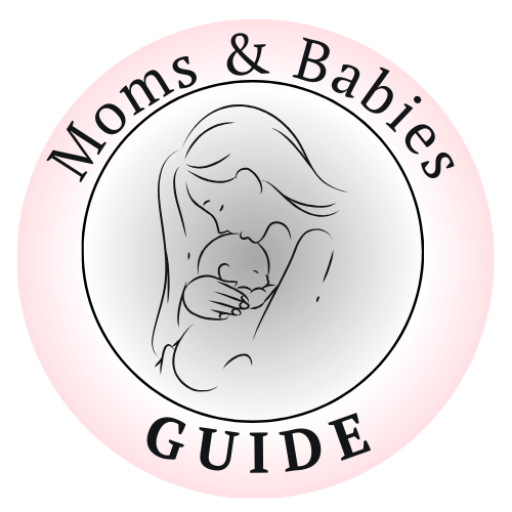Sleep: the most desired resource for new parents and babies alike. While it may seem elusive at first, helping your baby develop healthy sleep habits is not only possible—it’s essential for both of you to thrive.
This guide will walk you through how to create predictable sleep patterns that work from the newborn stage and beyond.
Why Sleep Routines Matter
Newborns spend most of their early days sleeping—but not all at once. Understanding their sleep cycles and shaping consistent patterns lays the groundwork for long-term sleep success.
Benefits of a healthy sleep routine include:
- Longer nighttime sleep stretches
- Fewer sleep regressions
- Improved development and mood for baby
- Reduced stress and fatigue for parents
1. Understand Your Baby’s Sleep Needs
Sleep duration varies by age:
- 0–3 months: 14–17 hours per day
- 4–6 months: 12–16 hours per day (including naps)
- 6–12 months: 12–15 hours, with more consolidated nighttime sleep
Babies typically wake to feed every few hours in the beginning. As their stomach grows and feeding becomes more efficient, those stretches will lengthen.
2. Recognize Sleep Cues Early
Learning to spot early signs of tiredness can prevent overtiredness and fussiness. Common cues include:
- Rubbing eyes
- Yawning or staring off
- Fussing or turning the head away
- Loss of interest in toys or people
Act on these cues quickly to begin the wind-down routine.
3. Build a Bedtime Routine That Works
Consistency is key. Babies respond well to repetition because it signals what comes next.
Try this simple bedtime sequence:
- Bath or gentle wipe-down
- Baby massage with calming lotion
- Dim lighting and soft lullabies
- Feeding
- Swaddling or sleep sack
- Rocking or holding until drowsy but not fully asleep
- Lay baby down in crib
It doesn’t need to be elaborate—just predictable.
4. Create a Sleep-Friendly Environment
Where your baby sleeps affects how well they sleep. Optimize their space for comfort and safety.
Checklist:
- Firm mattress with a fitted sheet only
- Room temperature between 68–72°F (20–22°C)
- Blackout curtains for darkness
- White noise machine to mimic womb sounds
- Remove pillows, blankets, or toys from crib
This environment helps promote longer, deeper sleep.
5. Use Day vs. Night Cues
Newborns don’t yet understand the difference between day and night. You can help reset their internal clock by:
- Keeping the room bright during daytime feedings and naps
- Talking and interacting more during daytime
- Keeping nighttime quiet, dark, and calm
- Avoiding eye contact and stimulation during night feeds
This approach encourages longer nighttime sleep over time.
6. Practice Safe Sleep Always
Follow the AAP guidelines for safe sleep to reduce the risk of SIDS:
- Always place baby on their back to sleep
- Use a firm, flat surface like a crib or bassinet
- Share your room but not your bed for the first 6–12 months
- Avoid overheating—dress baby in breathable sleepwear
Safety and routine go hand in hand for peace of mind.
🌙 Sleep struggles? Find expert-approved sleep routines and parenting insights in The Ultimate Guide for Moms and Babies — your go-to companion for establishing healthy sleep habits and navigating every stage of early parenting.
7. Be Flexible During Regressions
At 4, 6, and 8 months, many babies experience sleep regressions due to growth spurts and developmental changes. During these times:
- Stick with your routine as much as possible
- Offer extra comfort or feeds if needed
- Avoid introducing long-term sleep crutches
- Stay patient—it’s a phase, not a failure
Your consistency will help your baby return to better sleep patterns sooner.
8. When to Consider Sleep Training
Some parents explore sleep training around 4–6 months, when babies are developmentally ready.
Popular methods include:
- Ferber (progressive waiting)
- Chair method (gradual withdrawal)
- Pick-up-put-down
There’s no one-size-fits-all. If you choose to sleep train, do so with consistency, love, and age-appropriate expectations.
Final Thoughts
Your baby’s sleep doesn’t need to be perfect—it just needs to be nurtured. By understanding your baby’s cues, creating consistent routines, and building a safe, soothing environment, you’ll be setting up your little one (and yourself) for peaceful nights ahead.
Remember, you’re not alone. Every nap and bedtime is a step toward rest, rhythm, and a happy, healthy home.




